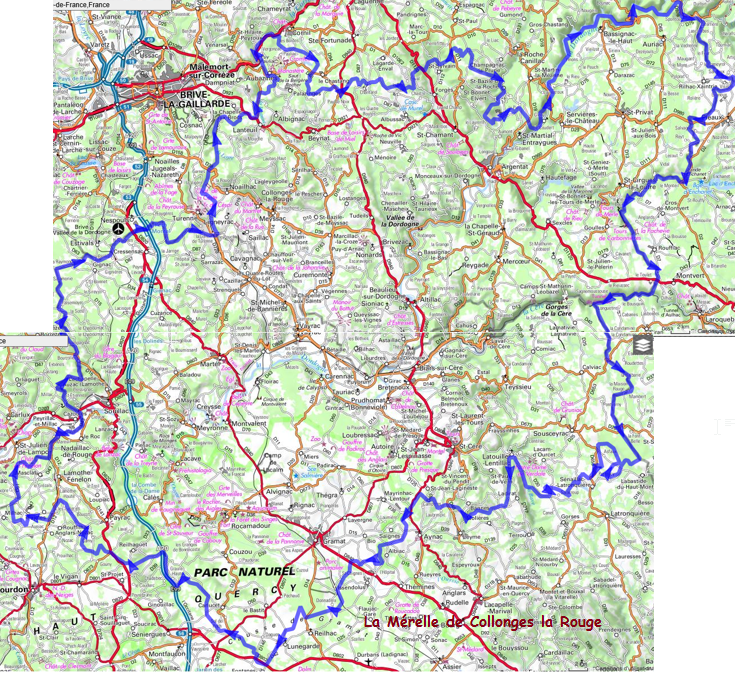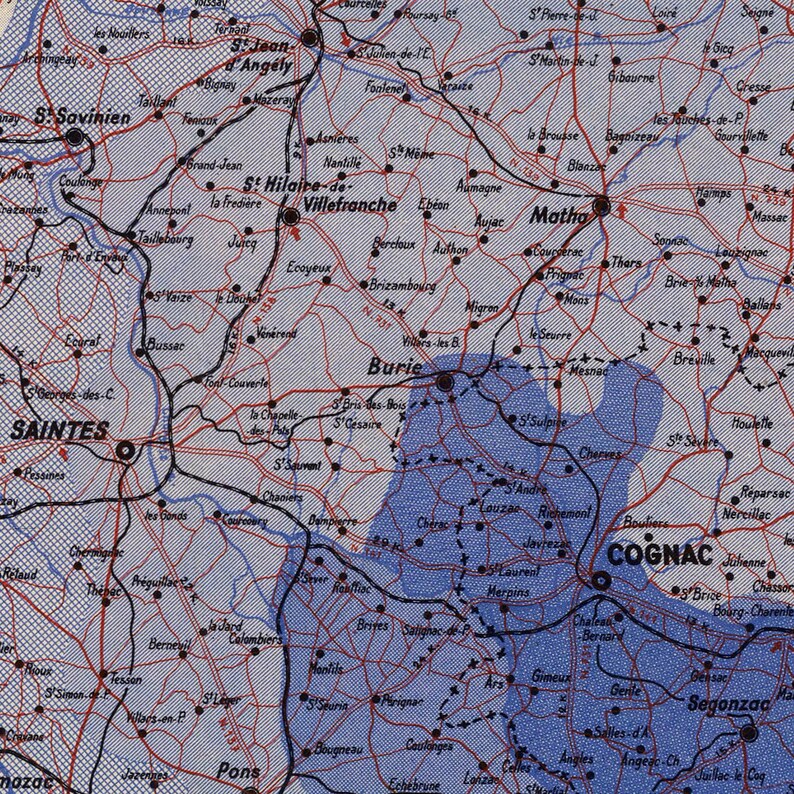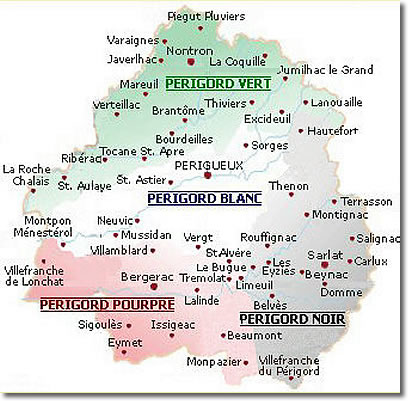
Railway: Trains from Paris to Souillac or Paris to Libourne and then change for Sarlat using the Bergerac line.

There isn't much in the way of public transport around the Périgord Noir area of which Sarlat is the main town. They're the Périgord Vert (Green, in the north), the Périgord Blanc (White, in the north-east), Périgord Noir (Black, in the south-east) and the Périgord Pourpre (Purple, in the south-west).īy car to the Dordogne, the A20 and then the A89 to Périgueux. The name is still commonly used by the French, as the Dordogne is divided into four regions, named after the historic province. The Dordogne department roughly follows the shape of the historic Périgord, a former province and one of the primary battlegrounds during the Hundred Years' War. 45.029444 1.128889 3 Château de Losse in 45.022222 1.117222 13 Thonac is an excellent example of a 16th-century French castle, well preserved and with lovely gardens.45.066389 1.161389 1 Montignac - The prehistoric cave paintings of Lascaux.44.866111 1.050833 4 Castels - merged with Bézenac to form Castels et Bézenac.There’s an excellent wine shop in the centre of Eymet. Many are still private, many in need of tender care and restoration but there plenty to visit and, even after over twenty years of living here, we are nowhere near running out of places to visit, gardens, caves, lakes and waterways, abbeys and cloisters, mansions and castles….!Īs well as being only an hour from the European Heritage Wine Town of St Emilion (super-interesting to visit but, be warned, the wine is pricey) we are well placed in the gentler priced Bergerac Wine Region with several vineyard tours and tastings on offer. The Dordogne is also reputed to be the Land of a Thousand Castles. The Dordogne is known internationally as the Cradle of Mankind with its prehistoric painted caves and settlements, of which Lascaux is most famous. It is a really peaceful haven for birds, flora and fauna with strategically placed observation hides and information panels and Les Glycines is only some 400 metres from the water’s edge, oh how lucky are we.īergerac combines ancient and modern rather well – excellent big shops and garden centres on the edge of town, a small international airport and the old town centre is a glorious muddle of the old covered fresh produce market and the ancient wood and wattle colombage houses, their upper floors hanging out towards each other as if to swap tales of Cyrano de Bergerac, he of legend and large nose. We relish the walks around it, always peaceful with only a few joggers, walkers and wanderers, the occasional cyclist, an angler or three and the occasional fishing competition.

This man-made reservoir lake is said to be the biggest lake in Aquitaine.

The Mayor of Soumensac once told me Soumensac is so-called because their local wine is so drinkable that you risk ending up “sous la mensa” (under the table, in Latin) but it is possible that he spoke from experience! Local producers hold open air food and wine events during July and August – La Sauvetat du Dropt on Friday evenings with music in a big walled garden and up on the hilltop at Soumensac at lunchtime on Sundays (what a view!). The Tourist Office do a great job of promoting events all year such as concerts and brocantes. The town celebrated its 750th Anniversary in 2020 and will host the Felibrée celebration of Occitan Regional Culture in July 2022.

Eymet was founded in 1270 and has held a weekly market every Thursday morning ever since. (Pronounced A-May) Eymet is a thriving example of Aquitaine’s medieval “bastides” - market towns founded to promote commerce.


 0 kommentar(er)
0 kommentar(er)
